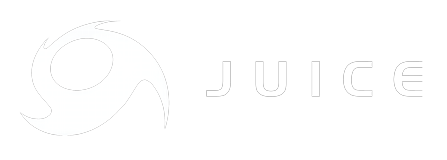Understanding your target audience is vital to marketing your product or service. Why? By knowing exactly who you’re targeting, you can shape and hone your marketing content so that it resonates with that specific group of potential customers, increasing the chance of them engaging with your business and purchasing your products or services.
This is especially vital today when most advertising is done online. A spray and pray technique simply won’t work when there are around 5bn internet users, and millions of other brands to compete with. Luckily, all social media platforms and major search engines now allow for incredibly specific targeting.
Despite this, knowing exactly who your target audience are, and what they are looking for, can be difficult. In this blog, we’ll offer up a few actionable tips and tricks to help you establish who your target audience are, and how you can start targeting them.
Target Audience Factors
CRM experts Hubspot define a target audience as “a group of consumers characterised by behaviour and specific demographics. [..] Target audiences are a pillar of most businesses influencing decision making for marketing strategy, such as where to spend money on ads, how to appeal to customers, and even what product to build next.”
These are the main target audience factors to consider:
- Gender
- Age
- Interests
- Online Behaviour
- Demographic
- Employment
- Income
These can be as broad or specific as your business requires.
Who Should My Target Audience Be?
In short, your target audience is whoever you’re looking to sell your products or services too. It’s quite likely that you’ll have multiple different target audiences, depending on the variety of your products or services. These could be ultra-specific, like “men in North-East London, aged between 25-30, working in fintech graphic design” — or as simple as “millennials”. There’s no right or wrong answer.
The key is working out who they are, what content they consume and how they behave online. To do this, you can use Google and social media analytics, and compare content with your competitors.
1. Use Google Analytics on Your Website and Blog
Google Analytics is a helpful tool that can provide you with detailed graphs summarising your current audience, broken up by age, gender, location, income and much more.
Through these metrics, you can analyse who is visiting your website and engaging with your content, and build a complete picture of your current audience. You can then work out whether your current audience is your target audience. If it is, you can begin reworking the content for maximum impact with a clear idea of what they like and don’t like.
If they’re not, you can reshape the content to better match your preferred target audience.

2. Use Social Media Analytics
All of the major social media platforms now offer a form of analytics for business pages. This is even more detailed if you’re paying for adverts. Again, you can analyse your current followers and begin reshaping your content and output to either attract similar followers, or a different group that are more aligned with your target audience.
You can also dig further down into their interests. What accounts are they following? What posts do they engage with? Then amend your output based on this analysis.
There are great in-house tools like Facebook Insights and Twitter Analytics that help with this, or there are also a number of external platforms like Hootsuite and Followerwonk.
3. Compare Your Content With Your Competitors
Finally, look at your competitors. What sort of content are they producing? What messages and angles are they promoting?
If you have similar target audiences, use their content for inspiration. If you’re not sure who your target audience is, work out who their content is aimed at and look to replicate the messaging with your own business.

4. Conduct Market Research
Marketing intelligence is everyday data that is relevant to the marketing efforts of an organization. This might include focus groups, polls, questionnaires, forms or quantitative and qualitive KPIs that help you to establish industry and customer trends and behaviours. As well as helping you to define and target your ideal audience, this can give businesses an important advantage over competitors.
Most businesses have a broad idea of who their target audience is. The key is drilling into the details to find out what they really care about. These tips are a great place to start really getting to know your audience.
We are Velocity Juice: we help digital-first companies scale faster by offering flexible funding with no equity dilution. For more information about what we do, check out our insights page or get in touch to speak to a friendly member of our team.


